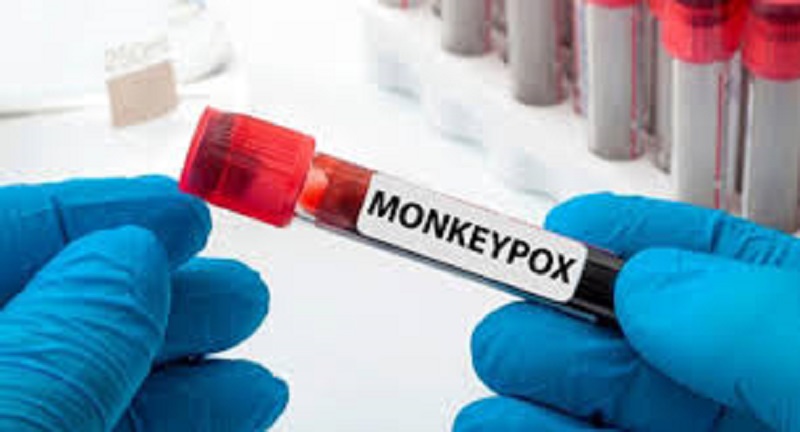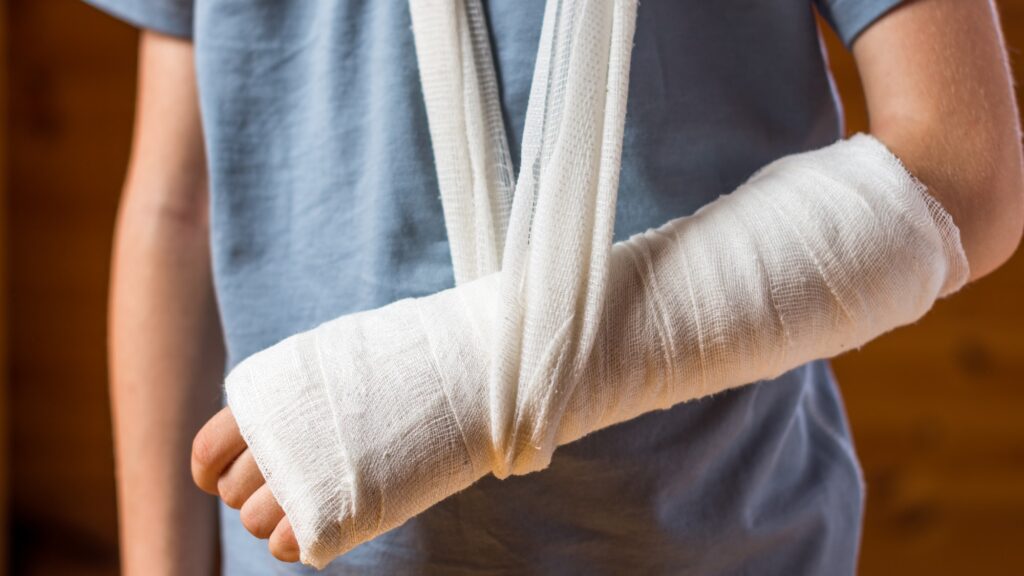Monkeypox virus is an orthopoxvirus that causes zoonotic viral disease with similar symptoms to smallpox. As per the diagnosis reports, it has less severe symptoms than smallpox. Infectious patients generally develop rashes with a similar smallpox appearance. Moreover, rashes are common to other viral infections such as herpes simplex infection and varicella-zoster virus infection.
It became a matter of concern in India, as, after the COVID-19 pandemic, the people will not be ready to face another virus outbreak. The first case of monkeypox infection was reported in Kerala in July. A 35-year-old male arrived in Kerala from UAE and tested positive on July 14. Later, 20 more cases were confirmed in India till October 2022.
Among them, 6 cases were from Kerala and 14 from New Delhi. As the suspected cases started increasing, the management monkeypox guidelines by the Ministry of health and family welfare were issued. Continue reading to know in detail about the guidelines taken to control the infection.
Strategies Implemented Under The Monkeypox Management Guidelines
- Surveillance Strategies
Under the surveillance strategies of monkeypox guidelines, the government aimed to identify cases immediately. The identification of infections from the sources and possible suspects were tracked. Rapid tests of the suspects, especially people travelling from other countries, were done aggressively.
The surveillance strategies were implemented to isolate the infected patients and control further transmission. Tracing the suspects and identification were massively conducted in major states. Moreover, the surveillance also included optimal clinical care and protection of frontline workers. Preventive measures and controls were also taken to identify the routes of transmission.
Outline Of The Surveillance Strategies
- Using Standard Case Definitions under the Integrated Disease Surveillance Programme and at Points of Entry by District Surveillance Units.
- A single case was considered an outbreak with serious concern. Hence, the Rapid Response Teams conducted a detailed investigation.
- Immediate reporting of suspected cases by State And Central Surveillance Units was followed.
- The suspects were tested, and the samples were headed to the designated laboratories as per the guidelines.
Core Strategies Under Surveillance
- Hospital-Based Surveillance
Under Health-based surveillance, rapid testing was conducted with diagnosis in dermatology clinics, medicals, STD clinics, paediatrics OPDs etc.
- Targeted Surveillance
Under this, the Immunization division has taken responsibility for Measles surveillance.
With the help of surveillance strategies, the reported cases were successfully updated.
- Clinical Aids – Identification Of Signs, Symptoms And Complications
The clinical aids under the monkeypox guidelines were highlighted in the management guidelines. It included mild to severe symptoms to keep people aware of the infection. The symptoms usually last up to two to four weeks. The symptoms had a chance to reach severity level in the children. The asymptomatic infection was unknown.
Common Symptoms were Fever, headache, exhaustion, muscle aches, chills and sweats, sore throat and cough. The skin rashes may start within one to three days of fever onset, lasting up to four weeks. The major complications include secondary infections, sepsis, encephalitis, pneumonia, and corneal involvement leading to loss of vision.
- Handling Clinical Specimens
It was advised to be ready with PPE before collecting the specimen. After the procedure, proper disposal of PPE was instructed to be carefully performed. The management guidelines included cautious sample collection and transport.
- Sample Collection For Asymptomatic And Symptomatic
People with asymptomatic conditions are taken over for observation to detect the development of symptoms for 21 days. If they developed symptoms, immediate sample collection was done. In symptomatic cases, people in the rash phase undergo different tests, such as lesion tests and blood and urine collection. In the recovery phase, only blood and urine tests were conducted.
- Management Principles – Patient Isolation, Monitoring And Treatment
Under the management principles of monkeypox infection, properly isolating the infected and suspected patients included protecting the skin and mucous membranes, therapies, nutritional support and treatment.
- Patient Isolation
The patients were recommended to be isolated in hospitals or separate rooms at home. The infected patients were advised to wear a triple-layer mask. The skin lesions were completely covered with long sleeves and pants. As per the management guidelines, the isolation period was advised to continue until the lesions were completely cured.
- Monitoring Complications
The infected patients have undergone supervision to treat the complications. The major complications noted were painful eyes, blurry vision, chest pain, shortness of breath, seizure, decrease in urine output, lethargy, altered consciousness and seizure.
Under the monkeypox guidelines, all these necessary strategies were included. The strategies were followed all over the regions, including the rural and urban areas. With these management guidelines, the country has successfully reduced the spread of monkeypox.



